 – 14,763 feet (1).jpg)
In the exhilarating realm of aviation, runway length isn’t just a number; it’s a lifeline for colossal aircraft and a testament to engineering prowess. While shorter runways challenge pilots to demonstrate remarkable precision, the longest runways offer the luxury of space, allowing massive aircraft to land smoothly and even take a triumphant lap upon touchdown!
As global passenger numbers surged to unprecedented levels in 2024, airports faced the critical challenge of managing increased traffic while accommodating larger aircraft.
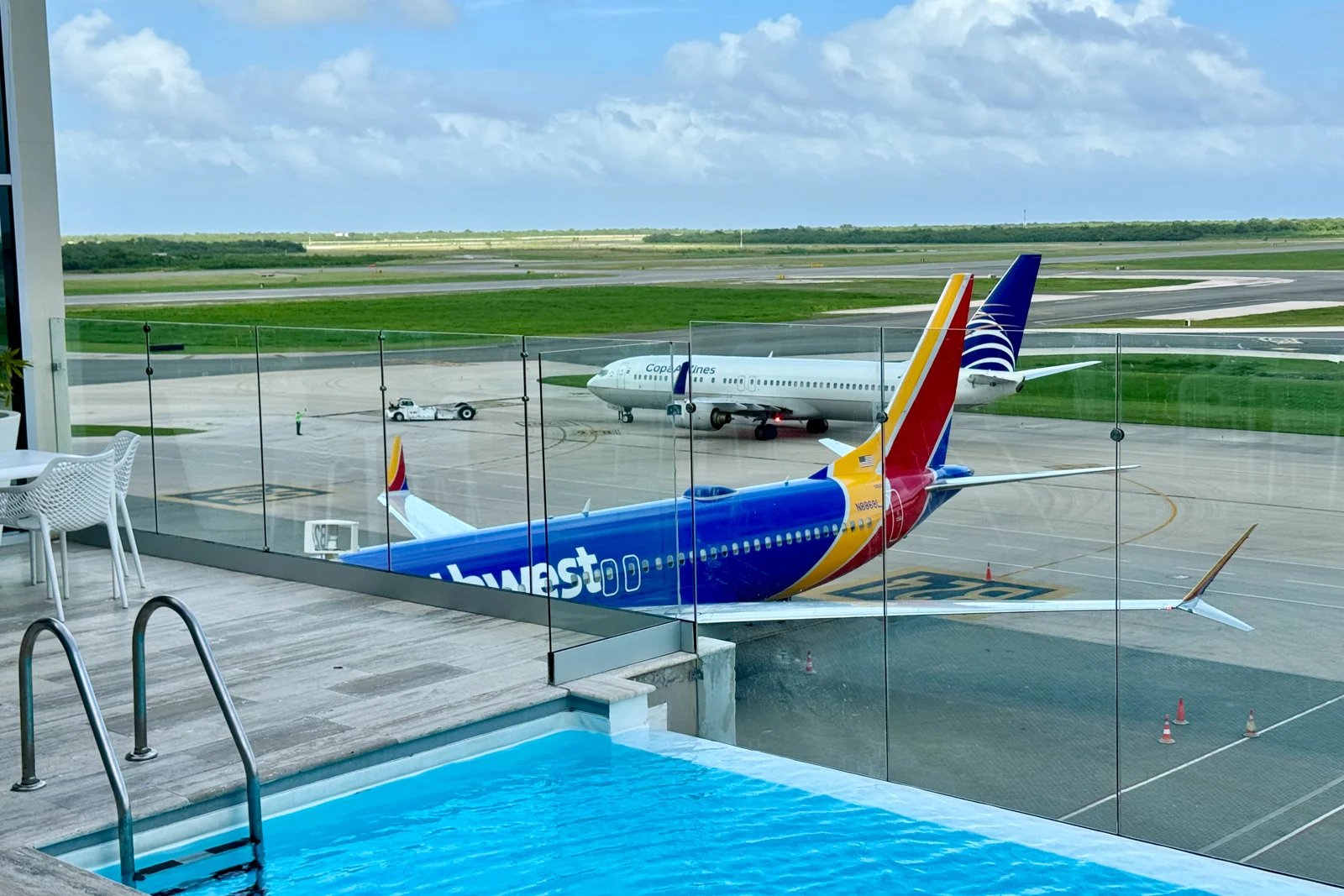
Without these expansive runways, many airports would struggle to welcome the world’s largest passenger jets—or even the occasional space shuttle that decides to drop by.
Surprisingly, the longest runways aren’t always located in the expected global hubs. Some boast rich histories, while others have been ingeniously crafted to meet modern aviation demands. Here’s a captivating look at the ten longest runways around the globe, highlighting their unique features and the vital roles they play in the aviation landscape.
10. Al Maktoum International Airport, UAE (DWC) – 14,763 feet
%20%E2%80%93%2014%2C763%20feet.jpg)
Al Maktoum International Airport (DWC) in Dubai is on an ambitious trajectory to become the largest airport in the world by capacity, aiming to accommodate an astounding 260 million passengers annually! With a remarkable runway stretching 14,763 feet, it’s designed to handle everything from regional jets to the latest super-sized aircraft.
Though cargo operations began in 2010, passenger flights took off in 2013. DWC plans to outshine Dubai International Airport (DXB), which welcomed 87 million passengers in 2023, solidifying Dubai's status as a global aviation powerhouse.
9. Windhoek Hosea Kutako International Airport, Namibia (WDH) – 14,869 feet

Nestled in the stunning landscapes of southern Africa, Windhoek Hosea Kutako International Airport (WDH) boasts an impressive 14,869-foot runway. As Namibia’s flagship airport, it serves as a gateway to intercontinental destinations, connecting travelers to Europe and the Middle East. Situated over 5,000 feet above sea level, this runway is essential for safe operations in the region’s warm climate. With future expansion plans on the horizon, WDH is poised to enhance its role in African aviation.
8. N’djili Airport, Democratic Republic of the Congo (FIH) – 15,420 feet
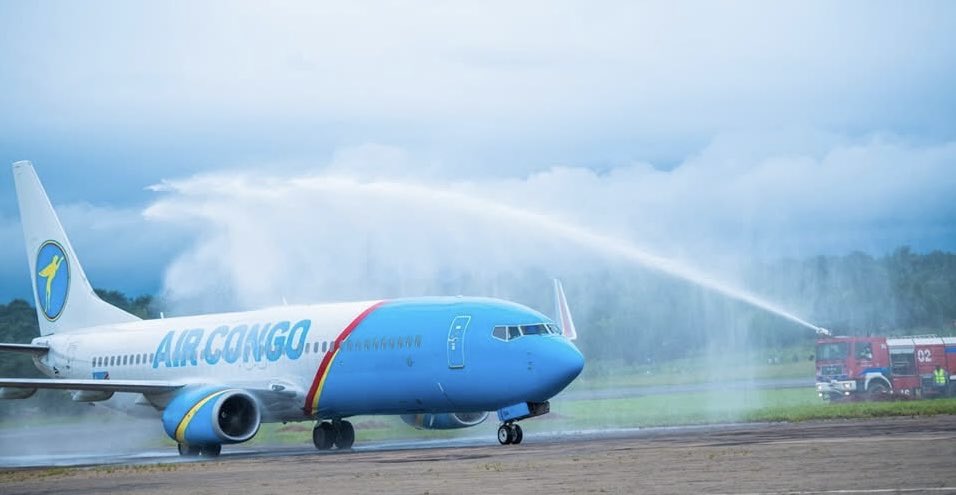
Just outside Kinshasa, the bustling capital of the Democratic Republic of the Congo, N’djili Airport (FIH) opened its doors in 1953 and has become a vital hub for international travel. Its 15,420-foot runway is perfectly suited for accommodating cargo flights, particularly larger aircraft like the Boeing 747.
A significant expansion in 2015 introduced a new passenger terminal, better equipping N’djili to handle the rapidly growing population of Kinshasa, which reached approximately 17 million in 2024.
7. Robert Gabriel Mugabe International Airport, Zimbabwe (HRE) – 15,502 feet
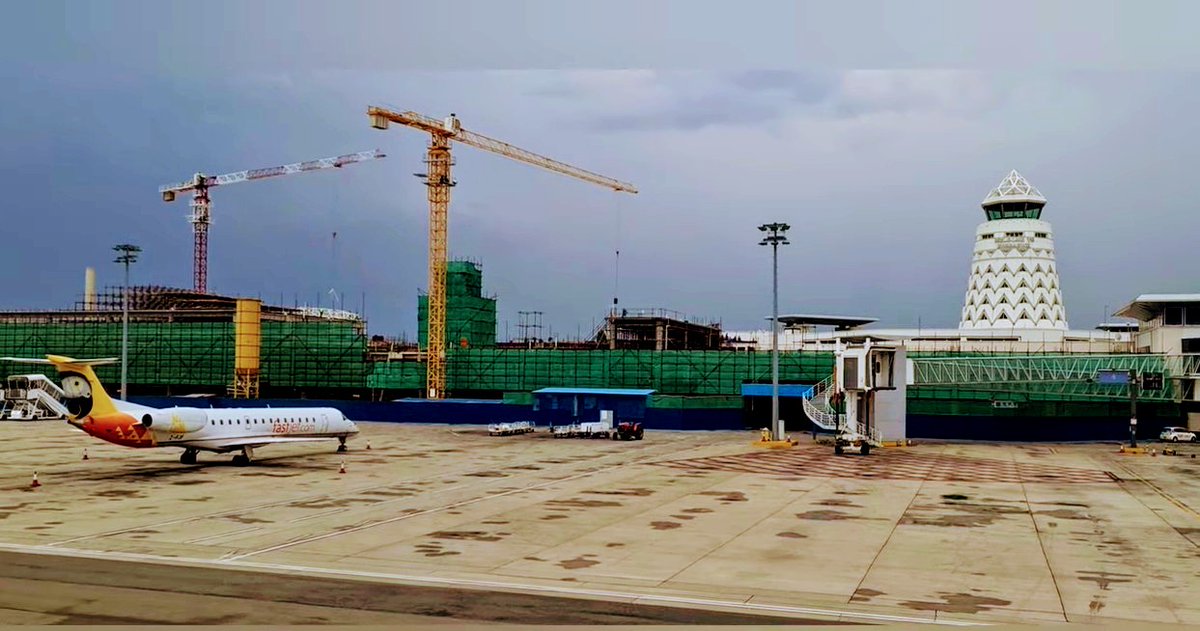
Robert Gabriel Mugabe International Airport (HRE) recently underwent a transformative $153 million renovation aimed at revitalizing its infrastructure and enhancing passenger experience. With a 15,502-foot runway, it remains one of Africa’s longest. Once a major travel hub, the airport is now on a mission to reclaim its former glory.
The upgrades are designed to attract both airlines and passengers, with an annual capacity of around 6 million, making it a key player in Zimbabwe’s aviation landscape.
6. Erbil International Airport, Iraq (EBL) – 15,748 feet

Erbil International Airport (EBL) serves as a crucial international gateway, boasting a 15,748-foot runway that accommodates both military and civilian aircraft. Established in 2003 and expanded in 2011, it has become a popular travel hub for flights to Europe and Asia.
Its strategic location near Erbil city, home to about 1.4 million residents, enhances its significance. In 2022, EBL welcomed approximately 1.8 million passengers, reflecting the growing demand for its services.
5. Hamad International Airport, Qatar (DOH) – 15,912 feet

Hamad International Airport (DOH) in Qatar stands as a marvel of modern aviation, featuring a primary runway that stretches 15,912 feet. Opened in 2014, it is rapidly becoming a top contender among global aviation hubs. With ongoing expansions aimed at increasing capacity, Hamad is positioned to compete with giants like Dubai and Abu Dhabi.
The exceptional runway lengths not only accommodate the world’s largest jets but also ensure operational efficiency, especially during the region’s sweltering summer temperatures.
4. Upington Airport, South Africa (UTN) – 16,076 feet
.jpg)
Upington Airport features an extraordinary 16,076-foot runway, a necessity given its high-altitude location and hot climate. Initially designed for Boeing 747 refueling, it has transitioned to become a vital air freight hub. Major German automakers, including BMW and Mercedes-Benz, utilize Upington for high-altitude vehicle testing, ensuring a steady stream of activity throughout the year. This airport exemplifies the versatility of long runways beyond mere passenger traffic.
3. Denver International Airport, USA (DEN) – 16,001 feet
%20%E2%80%93%2016%2C001%20feet.jpg)
Denver International Airport (DEN) is not just the longest public-use runway in the United States at 16,001 feet; it is a vital hub for travelers across North America. Completed in 1995, this airport accommodates a diverse array of domestic and international airlines, facilitating both business and leisure travel. Its unique high-altitude location necessitates the extended runway length, allowing for safe operations of large aircraft on transcontinental flights.
2. Embraer Unidade Gavião Peixoto Airport, Brazil – 16,296 feet

The Unidade Gavião Peixoto Airport, established by aircraft manufacturer Embraer, is a 16,296-foot marvel designed for testing and manufacturing cutting-edge aircraft. Completed in 2001, it has become a vital employment center for the local community, with many residents working in the aviation sector.
The careful selection of this site—after evaluating 300 potential locations—ensures optimal conditions for Embraer’s operations, solidifying its pivotal role in the aviation industry.
1. Ulyanovsk Vostochny Airport, Russia (ULY) – 16,404 feet
%20%E2%80%93%2016%2C404%20feet.jpg)
Ulyanovsk Vostochny Airport boasts a staggering runway measuring 16,404 feet, originally built for military aircraft testing as part of a Soviet industrial complex. Today, it serves both passenger flights and various industries, including aviation manufacturing. The airport played a crucial role in developing the AN-124 Ruslan, the world’s largest production transport aircraft, showcasing its enduring significance in global aviation history.






 – 14,763 feet (1).jpg)


















.jpg)

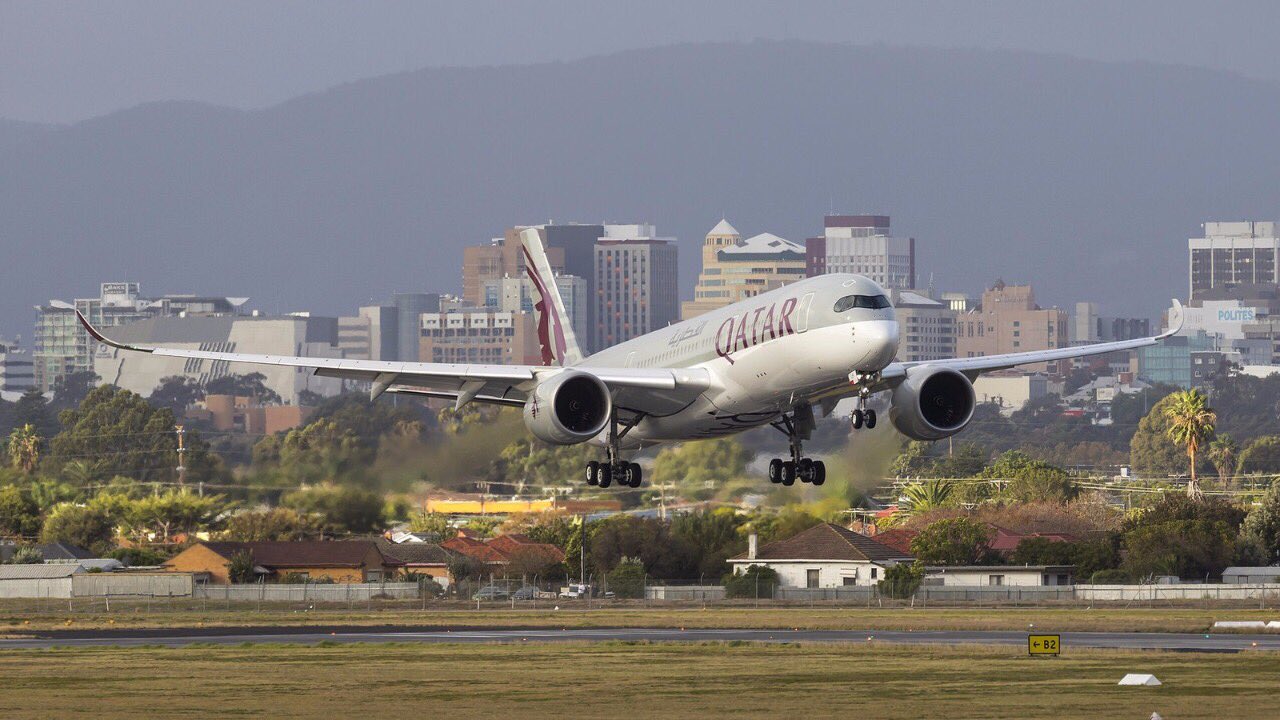









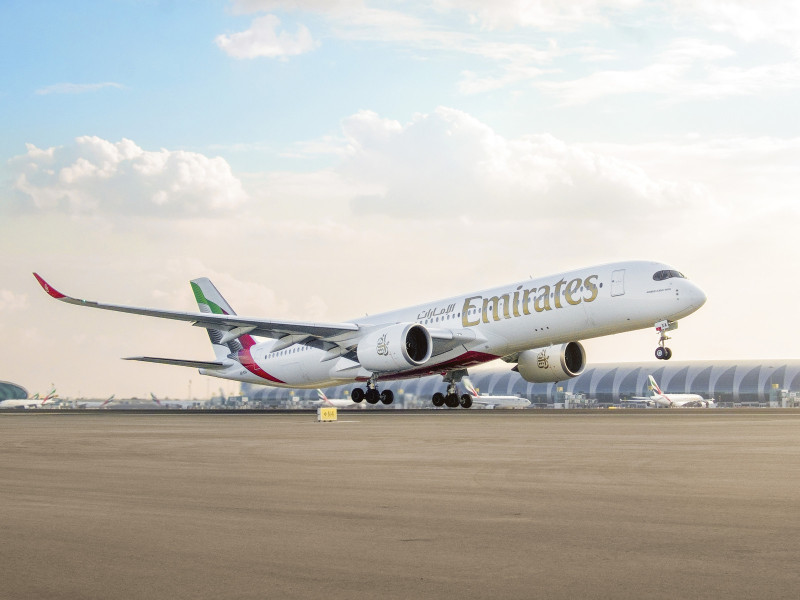

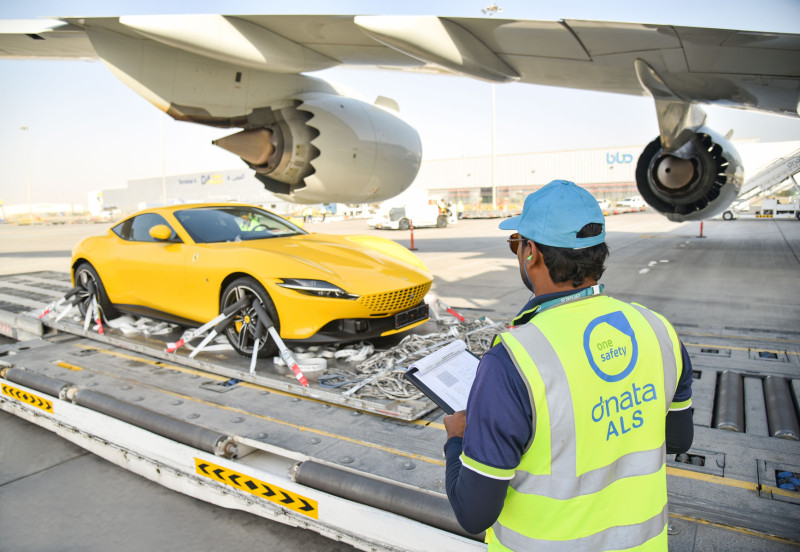


.jpg)












-302cd4-large-1748788146 (2).jpg)









